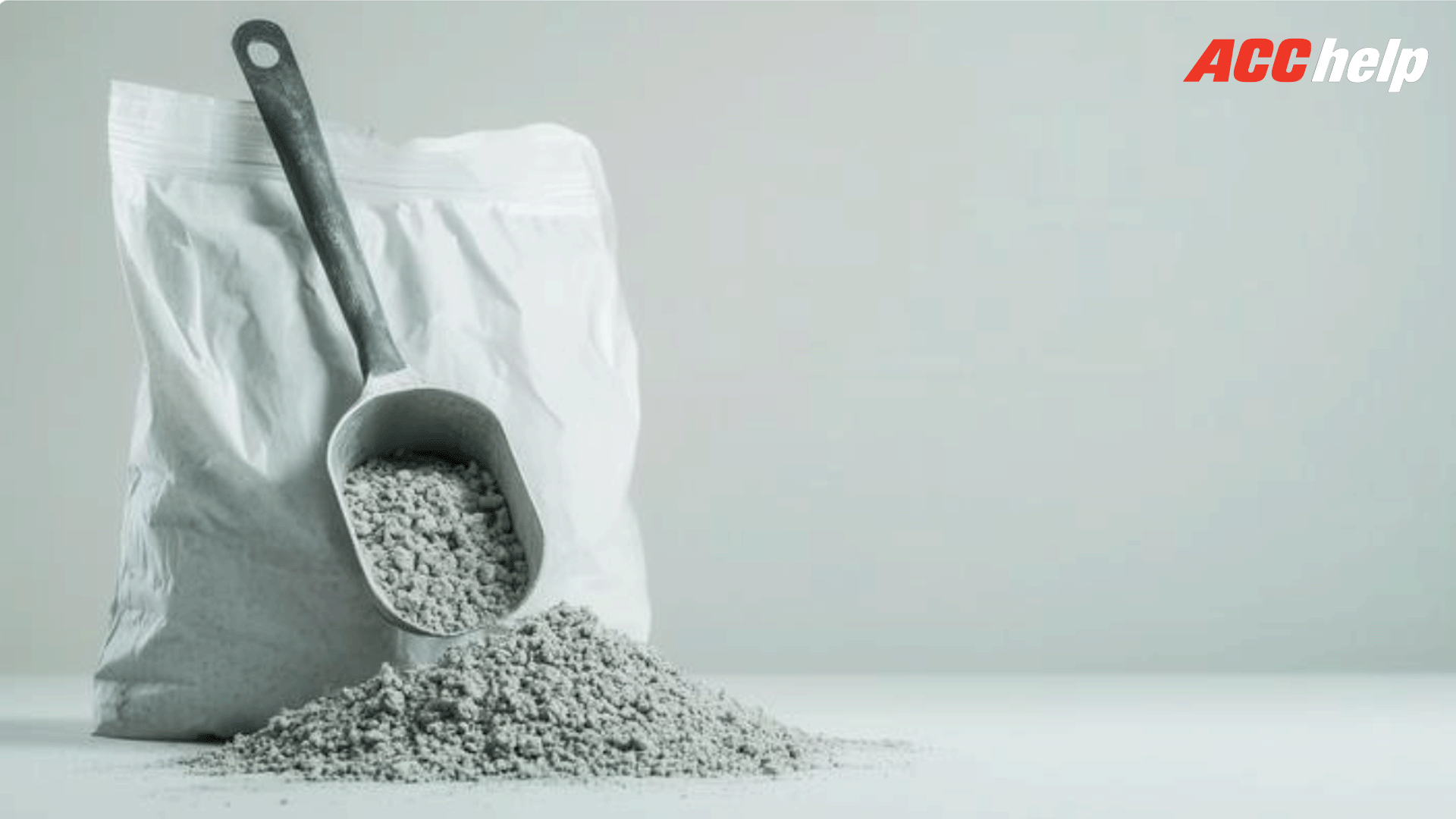When you think about building your home, one of the most important choices you make is the type of cement you use. Cement isn’t just another construction material. It is the backbone of your structure. The grade of cement directly affects durability, safety, and how well your home stands the test of time.
Many people focus on cost or brand but overlook cement grade. In reality, this single decision can decide whether your house remains strong for decades or starts showing cracks too soon. Let’s understand why cement grade matters for long-term strength and how you can make the right choice.
1. What Does Cement Grade Mean?
Cement grade refers to the compressive strength a cement achieves after 28 days of setting. Common grades include 33, 43, and 53. For example:
- 33 Grade Cement: Provides strength up to 33 MPa, suitable for low-rise construction.
- 43 Grade Cement: Goes up to 43 MPa, often used for plastering, flooring, and medium-strength works.
- 53 Grade Cement: Reaches up to 53 MPa, preferred for heavy-duty structures like high-rise buildings, bridges, and foundations.
When you pick up an ACC cement bag, you’ll always find the grade mentioned. It’s your quick way to know whether it’s the right fit for your project.
2. Why Cement Grade Affects Long-Term Strength
The grade of cement impacts:
- Load-Bearing Capacity: Higher grade cement can withstand more load, making it crucial for structural strength.
- Durability: Correct cement grade prevents cracks, weather damage, and reduces repair needs.
- Construction Speed: Higher grades like grade 53 cement often achieve strength faster, helping speed up your project.
- Safety: Using the wrong grade in critical areas (like beams or columns) can compromise safety.
This is why engineers and any trusted contractor always recommend cement grade based on the type of structure you’re building.
3. How to Choose the Right Grade for Your Project
Not every part of your home needs the highest grade of cement. Choosing strategically saves money while making sure that you have strength where it’s needed.
- Plastering and Flooring: 43 grade cement works well here as it provides smooth finishes and adequate strength.
- Walls and Foundations: For critical load-bearing areas, 53 grade cement is your best option for building a structurally sound home.
- Decorative or Non-Structural Areas: Lower grades of cement can be user here if the decorative areas are not load-bearing.
By matching the ACC cement grade to purpose, you avoid overspending while still building a home that is structurally sound and will stay strong for years to come.
4. Why Cheaper Isn’t Always Better
It’s tempting to pick cement purely based on the cheaper ACC cement cost per bag. But saving a few rupees per cement bag today can mean spending thousands on repairs later. Cracks, seepage, and weakened foundations often result from using the wrong grade of cement. In construction, the right investment upfront always pays off in the long term.
5. How Professional Guidance Helps
Selecting the right cement isn’t always easy for homeowners. This is where experts come in. Consulting engineers or professional contractors ensures you’re guided towards the correct grade for each stage of construction.




 COMMENT
COMMENT FACBOOK
FACBOOK



Comments (0)